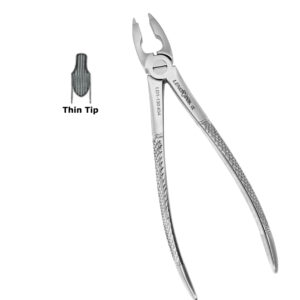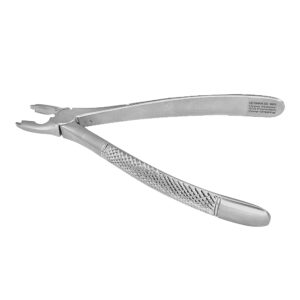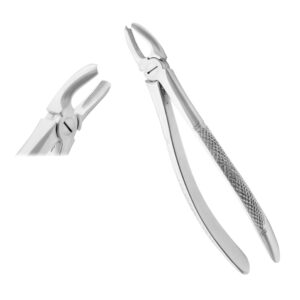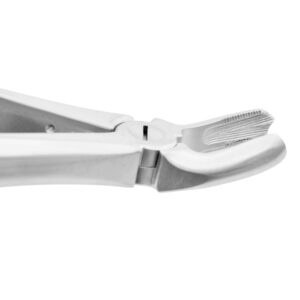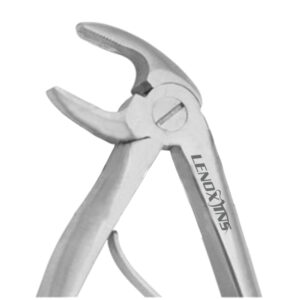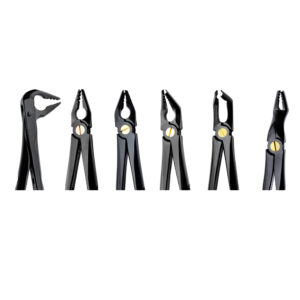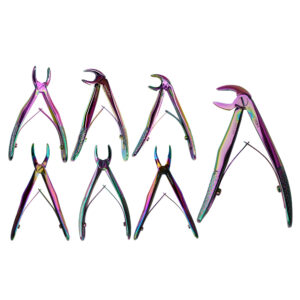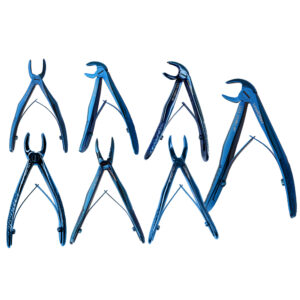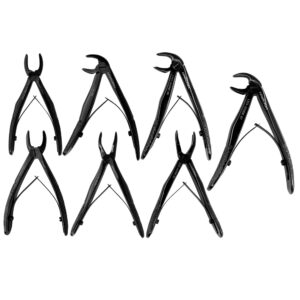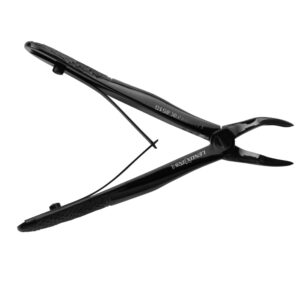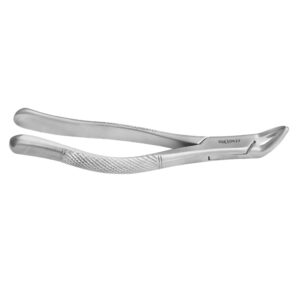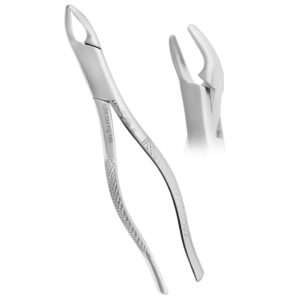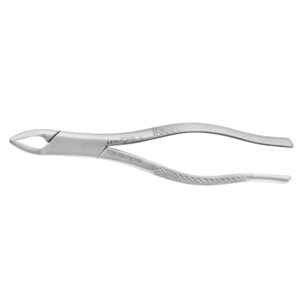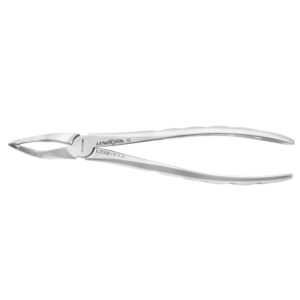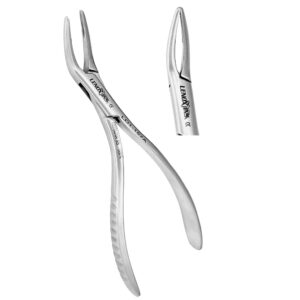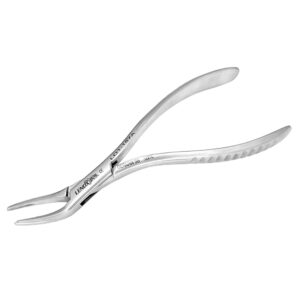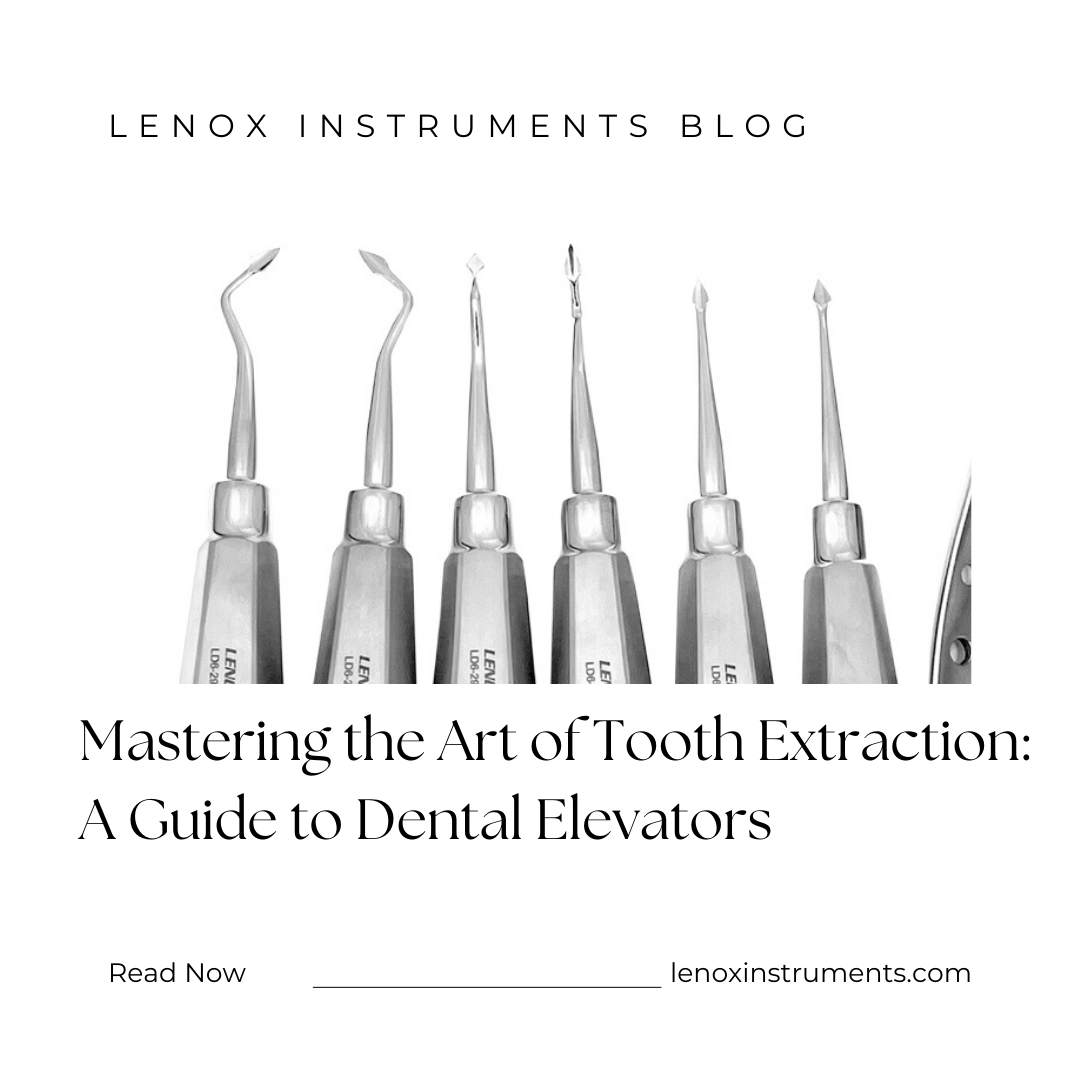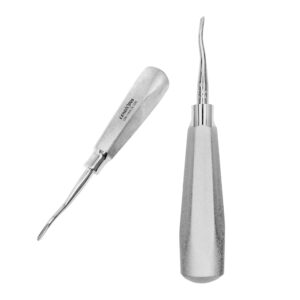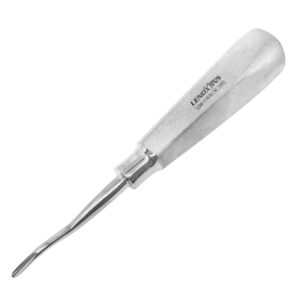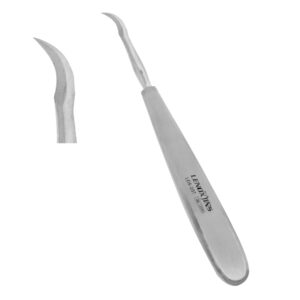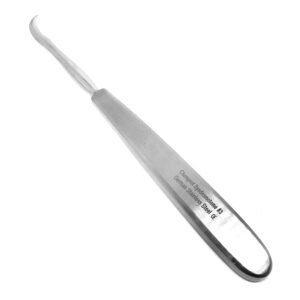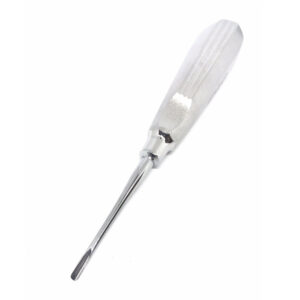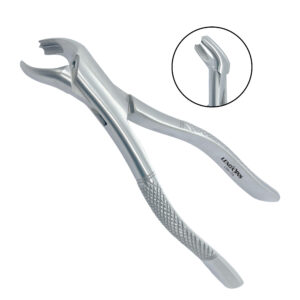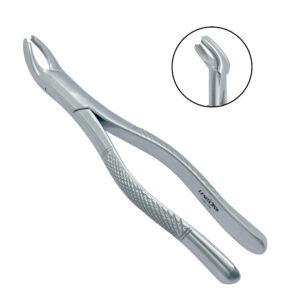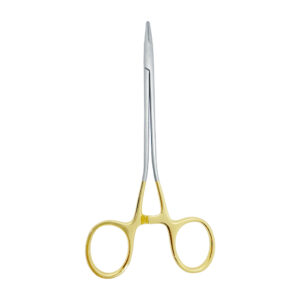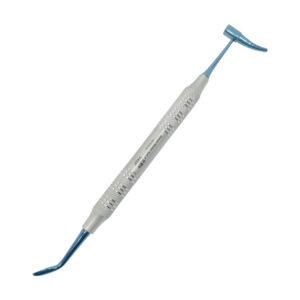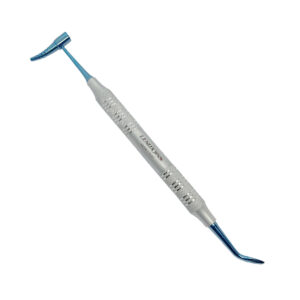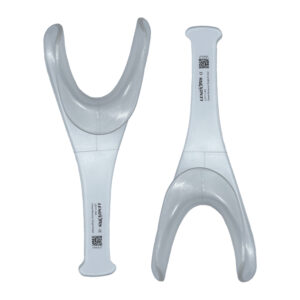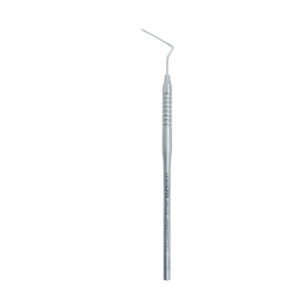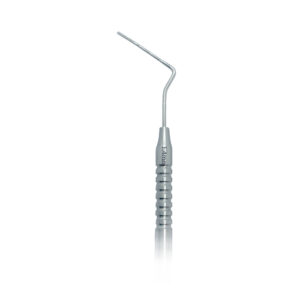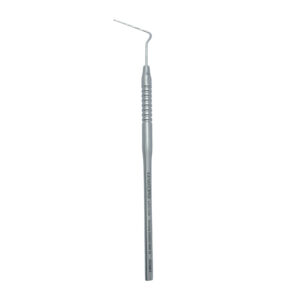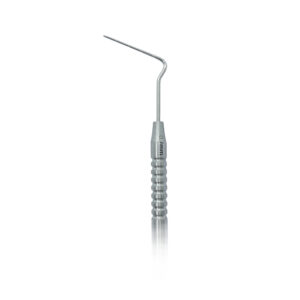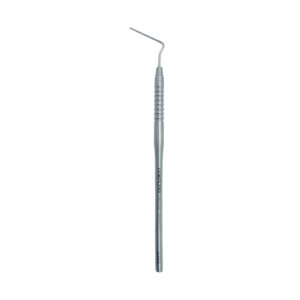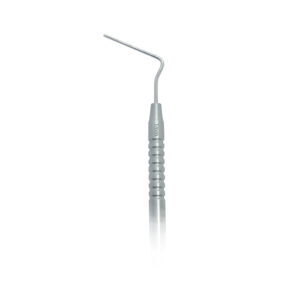Deep Gripping Extracting Forceps Set of 6: Essential Tools for Dental Extractions
- Posted September 23, 2024
- by LENOX INC CANADA
Lenox Instruments offers a high-quality set of 6 deep gripping extracting forceps, designed to meet the diverse needs of dental professionals performing tooth extractions. This comprehensive set provides dentists with the necessary tools to handle various extraction scenarios effectively and efficiently.
Key Features
- Set of 6 Specialized Forceps: Covers a wide range of tooth types and extraction situations
- Deep Gripping Design: Allows for a secure hold on deeply seated teeth or roots
- Premium Materials: Crafted from surgical-grade stainless steel for durability and longevity
- Ergonomic Handles: Provides comfort and optimal control during extractions
- Lenox Quality: Backed by Lenox Instruments’ reputation for excellence in dental tool manufacturing
Dental Elevators
-
Deep Gripping Forceps #34 Upper Incisors and Premolars – Premium Dental Surgical Instrument
Rated 0 out of 5CA$120Discover the Deep Gripping Forceps #34 Upper Incisors and Premolars by Lenox Instruments. Designed for atraumatic upper incisor and premolar extractions with precision, durability, and ergonomic design. Trusted globally by dental professionals. Shop now! -
Extracting Forceps Hull Fig. 101 Deciduous Teeth – Precision Dental Surgical Instrument
Rated 0 out of 5CA$120Discover the Extracting Forceps Hull Fig. 101 Deciduous Teeth by Lenox Instruments. Precision-crafted for atraumatic pediatric extractions. Durable, ergonomic, and professional-grade. Shop now! -
Extracting Forceps Fig. 17 Upper Molars Right – Premium Dental Surgical Instrument
Rated 0 out of 5CA$120Discover the Extracting Forceps Fig. 17 Upper Molars Right by Lenox Instruments. Designed for atraumatic upper molar extractions on the right side with precision, durability, and ergonomic design. Trusted globally by dental professionals. Shop now! -
Baby Extracting Forceps English Pattern Klein #7 Pedodontic Lower Roots – Premium Dental Surgical Instrument
Rated 0 out of 5CA$90Discover the Baby Extracting Forceps English Pattern Klein #7 Pedodontic Lower Roots by Lenox Instruments. Precision-crafted for atraumatic pediatric extractions. Durable, ergonomic, and professional-grade. Shop now!
Applications in Dentistry
These Lenox forceps are particularly useful for:
- Extracting Fractured Teeth: The deep grip allows for better purchase on remaining tooth structure
- Removing Deeply Rooted Teeth: Provides the necessary leverage for challenging extractions
- Extracting Impacted Teeth: Offers better access and grip in tight spaces
- Managing Complex Extractions: Versatile set for various clinical scenarios
Benefits of the Lenox Set
- Comprehensive Coverage: Suitable for most extraction needs in general dental practice
- Improved Efficiency: The right tool for each situation reduces procedure time
- Enhanced Patient Comfort: Proper tool selection can lead to less traumatic extractions
- Durability: High-quality construction ensures long-lasting performance
- Precision: Lenox’s attention to detail provides accurate and reliable instruments
Lenox Dental Elevators
-
Deep Gripping Extracting Forceps Set of 6 – Premium Dental Extraction Instrument Kit
Rated 0 out of 5CA$900Discover the Deep Gripping Extracting Forceps Set of 6 by Lenox Instruments. Premium-quality stainless steel forceps designed for superior grip and precise dental extractions. Shop now for enhanced performance. -
Pediatric Extracting Forceps Set of 7 – Multi Titanium Coated Dental Surgical Instrument Set
Rated 0 out of 5CA$500Discover the Pediatric Extracting Forceps Set of 7 - Multi Titanium Coated by Lenox Instruments. Premium dental instruments for precise, efficient pediatric extractions. Shop now for quality and durability. -
Pediatric Extracting Forceps Set of 7 – Blue Titanium Coated – Premium Dental Surgical Instruments
Rated 0 out of 5CA$500Discover the Pediatric Extracting Forceps Set of 7 - Blue Titanium Coated by Lenox Instruments. Premium surgical toolset for precise pediatric dental extractions. Shop now for quality and durability. -
Pediatric Extracting Forceps Set of 7 – Black Titanium Coated – Premium Dental Surgical Tool Set
Rated 0 out of 5CA$500Discover the Pediatric Extracting Forceps Set of 7 - Black Titanium Coated by Lenox Instruments. Premium pediatric dental tools designed for precise and efficient extractions. Shop now for quality and durability. -
Apical Lower Universal Forceps Fig 151 – Precision Dental Surgical Instrument
Rated 0 out of 5CA$120Discover the Apical Lower Universal Forceps Fig 151 by Lenox Instruments. Precision-crafted for atraumatic lower tooth extractions. Durable, ergonomic, and professional-grade. Shop now! -
Apical Upper Universal Forceps Fig 150 – Precision Dental Surgical Instrument
Rated 0 out of 5CA$120Discover the Apical Upper Universal Forceps Fig 150 by Lenox Instruments. Precision-crafted for atraumatic upper tooth extractions. Durable, ergonomic, and professional-grade. Shop now! -
Bayonet Upper Roots Forceps – Micro Serrated Edges – Precision Dental Surgical Instrument
Rated 0 out of 5CA$130Discover the Bayonet Upper Roots Forceps - Micro Serrated Edges by Lenox Instruments. Precision-crafted for atraumatic upper root extractions. Durable, ergonomic, and professional-grade. Shop now! -
Root Tip Pick Forceps Fig# 300A Upper Roots – Precision Dental Surgical Instrument
Rated 0 out of 5CA$120Original price was: CA$120.CA$60Current price is: CA$60.Discover the Root Tip Pick Forceps Fig# 300A Upper Roots by Lenox Instruments. Precision-crafted for atraumatic root tip extractions. Durable, ergonomic, and professional-grade. Shop now!
Care and Maintenance
To ensure longevity and optimal performance of your Lenox extracting forceps:
- Sterilize after each use following standard autoclave procedures
- Inspect regularly for signs of wear or damage
- Store properly to protect the specialized tips from damage
- Follow Lenox Instruments’ guidelines for maintenance and care
The Deep Gripping Extracting Forceps Set of 6 by Lenox Instruments represents a valuable investment for dental practices. This comprehensive set provides dentists with the necessary tools to handle a wide range of extraction procedures efficiently and effectively, contributing to improved patient outcomes and practitioner confidence.



